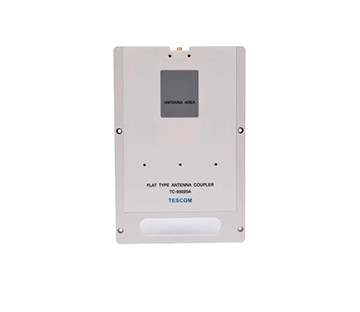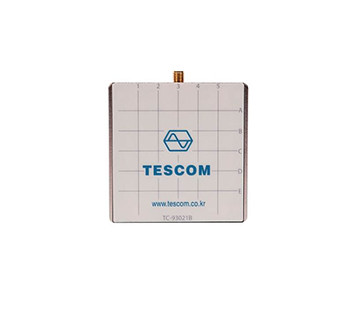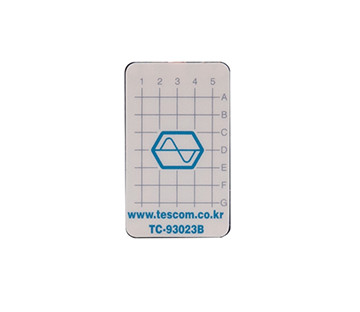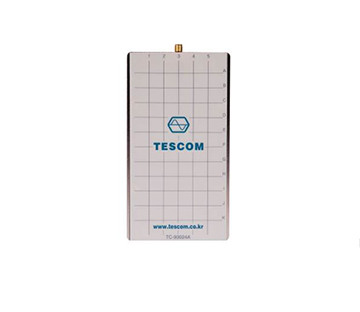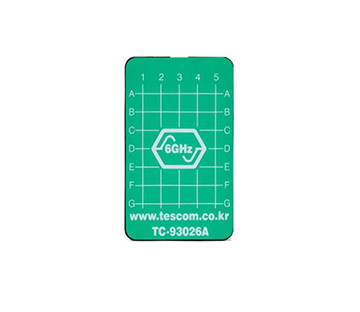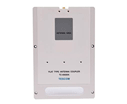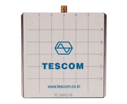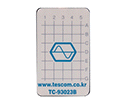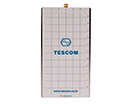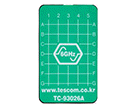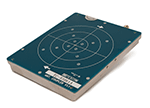INTRODUCTION
TESCOM’s Antenna couplers can measure the near field wave of DUT in a shield box of TESCOM without using any physical RF connector.
TESCOM’s Antenna couplers can be used for current and future communication technologies, such as GSM, WCDMA, WiMAX, LTE, GNSS, Bluetooth, Wi-Fi, with its wide frequency range from 80 MHz to 6 GHz; therefore, it is possible to be used for multi frequency bands DUT as well.
Especially, TESCOM’s antenna couplers work great for GO/NOGO test method.
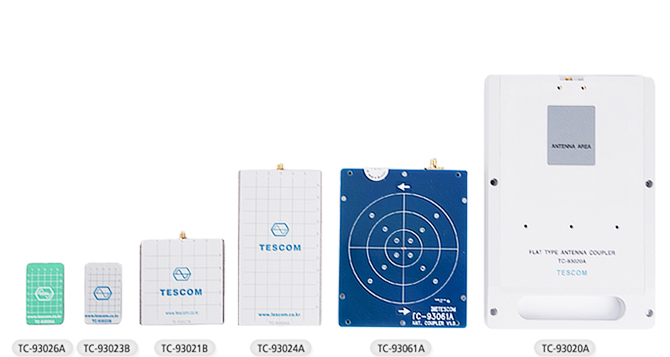
- Supports wide frequency range from 80 MHz to 6000 MHz
- Applicable to test 2G, 3G and 4G network device
- Applicable to test GPS/GLONSAS, Bluetooth, Wi-Fi, WiMAX, LTE network device
- Performs effective and stable RF Coupling
- Optimizes RF test environments with TESCOM’s Shield Box and Fixture
RF conducted test is commonly and widely used for RF test of DUT. This current way needs the physical RF connection, which can make a few problems. First, the way with the physical RF connection is commonly tested under the ignorance of characteristics of antenna. In most cases, it is difficult to do impedance matching perfectly for a multi band or wide band antenna. Gain of an antenna may vary a lot for each frequency band. This does not provide the reliable test result, especially for multi-band or wide band antenna. Second, connectors and cables used for the physical RF connection have their own RF characteristics such as VSWR, which can affect the test result as well. Third, the worn or broke RF connector may affect the test result. In addition, the physical RF connection test requires them to be repaired much often. This can degrade the productiveness of a factory. The non-physical connected test with an antenna coupler is the solution for all problems stated above.
Generally, antenna coupler requires to be tested in the shield box in order to block any spurious or noises. There are several considerations in order to increase its test reliability. The first thing to consider is the reflected or scattered RF signal generated in the shield box. Even though the shield box or shield room absorbs most of RF signals inside, but there are a lot of scattered and reflected RF signals still remain in the shield box. This can affect the test result, depending on the position of DUT and antenna coupler. Second, the scattered and reflected RF signals can change the modulation characteristics of DUT. Those undesired signal can go back to RF chip through DUT’s antenna or cover due to bad isolation performances of a chip. It may shift the carrier frequency and result the undesired modulation. The third consideration should be the change of characteristics of an antenna from undesired RF signals in the box. Usually, an antenna of DUT, which uses narrow band, requires high Q value. The input impedance of an antenna with the narrow band is highly sensitive to the location of an antenna coupler in a small shield box because an antenna coupler can generate RF coupling with DUT’s antenna.
In conclusion, not only antenna couplers’ performances should be considered, but also absorbency performances or size of a shield box should be strongly considered due to the properties of RF. TESCOM’s shield boxes absorb inside RF signals effectively and give you the high reliable test result.
Basically, TESCOM’s acryl fixtures hold DUT stable in a certain position. As TESCOM’s F59106A and F59161A are flexible fixtures, they hold various DUTs that are different in sizes and shapes in the shield box as shown below. As TESCOM’s fixtures are designed with an internal locking block, a tester can find the most optimized position of DUT easily in a short time.
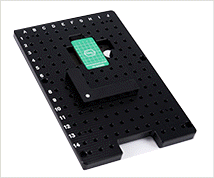
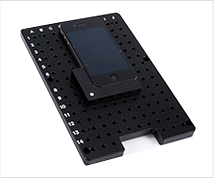
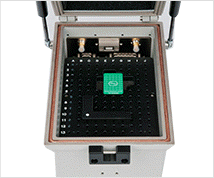
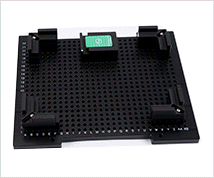
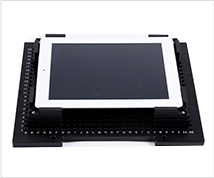
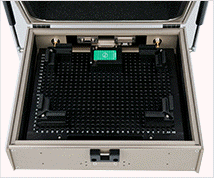
Antenna coupler would be chosen to make the most optimized test environments from considerations of test purposes, characteristics of antenna coupler, size and shape of DUT. Generally, a bigger antenna coupler has a slightly better performance than a smaller one has, but it requires a bigger shield box as well. For example, even though TESCOM’s equi-angular spiral antenna couplers, TC-93060A and TC-93061A, have less coupling loss and do not matter of the location of DUT much, they require a big shield box due to its sensitivity to the reflected RF signals. TESCOM provides various types of antenna couplers, fixtures and shield boxes in order to optimize the test environment as costumers’ needs.

